1. Why Do Pets Go Missing?
Losing a pet is every owner’s worst nightmare. Whether your dog bolts in fear, your cat slips out unnoticed, or your pet is stolen, the chances of finding them decrease drastically without proper identification. Common reasons pets go missing include:
-
Unfamiliar environments – Moving, traveling, or outdoor adventures can disorient pets.
-
Lost or unreadable ID tags – Collars can break, and tags may fade or fall off.
-
No reliable tracking method – Relying solely on physical descriptions makes searches difficult.
2. How to Prevent Your Pet from Getting Lost
① Use a GPS Tracker
Great for active pets, but battery-dependent and can be removed by thieves.
② Secure Collar with ID Tag
A basic solution, but tags can get lost or become unreadable.
③ Implant a Microchip (The Most Reliable Solution!)
✅ Permanent – Injected under the skin, can’t fall off or break.
✅ Globally recognized – Works with ISO standards (15-digit ID), readable by vets and shelters.
✅ Safe & painless – The procedure is quick, like a vaccination.
3. How a Microchip Scanner Helps Reunite Lost Pets
Even if your pet is chipped, without a scanner, the information is useless. This is where the ISENVO Pet Microchip Scanner becomes essential!
Key Benefits:
✔ Instant ID verification – Scans the 15-digit code to locate the owner via databases (e.g., ISENVO’s registry).
✔ Shelter & vet essential – Helps staff quickly check if a found pet is registered.
✔ Ideal for breeders/rescuers – Easily manage multiple animals’ chip records.
Why Choose ISENVO’s Scanner?
-
Wide compatibility – Supports ISO 11784/11785 & FDX-B standards.
-
Long battery life – USB rechargeable, lasts over a year per charge.
-
User-friendly – One-button operation, backlit display, and scan history storage.
4. Step-by-Step Guide to Microchipping & Scanning
-
Implant the chip – Visit a vet to insert an ISO-compliant microchip (avoid non-standard 9-digit AVID chips).
-
Register the ID – Link the chip number to a database (e.g., ISENVO’s site or local pet registries).
-
Test regularly – Use a scanner to ensure the chip is readable.
-
If lost, act fast – Alert nearby shelters/vets and provide the chip ID.
5. Final Tips for Pet Owners
-
Chip early – Puppies/kittens can be chipped during routine vet visits.
-
Combine methods – Use a microchip + GPS collar + ID tag for maximum security.
-
Keep a scanner handy – The ISENVO scanner ensures quick identification at home or shelters.
Take Action Today:
Learn more about ISENVO’s Scanner
Share this post to spread pet safety awareness!




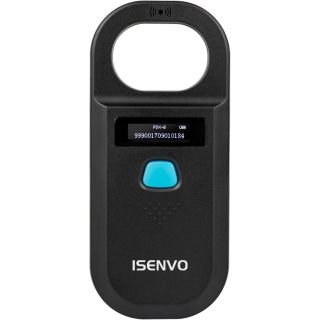
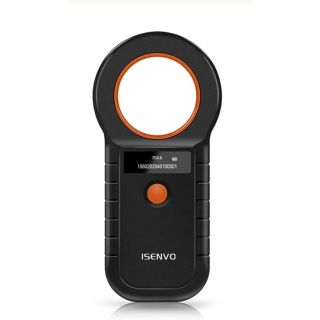
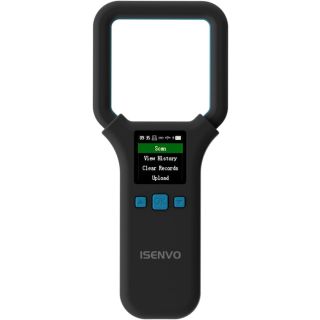
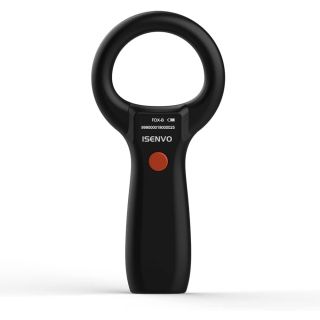
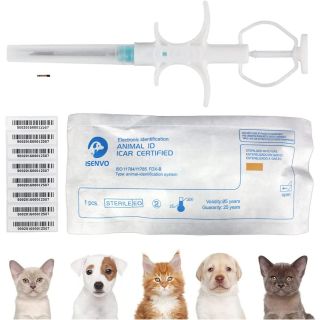




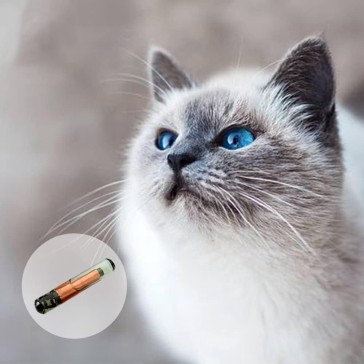
Validate your login